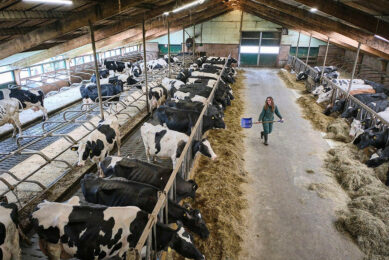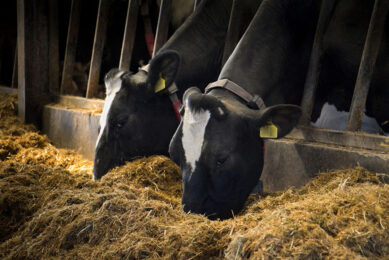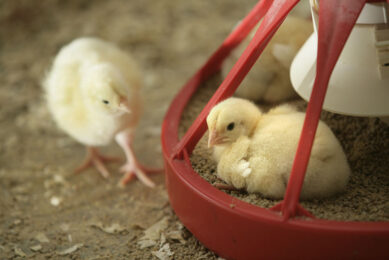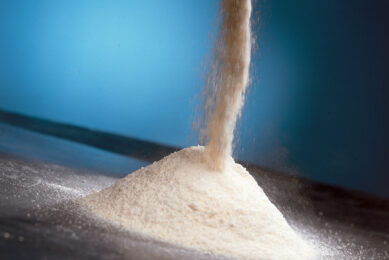Feeding cactus to livestock – dry areas could profit
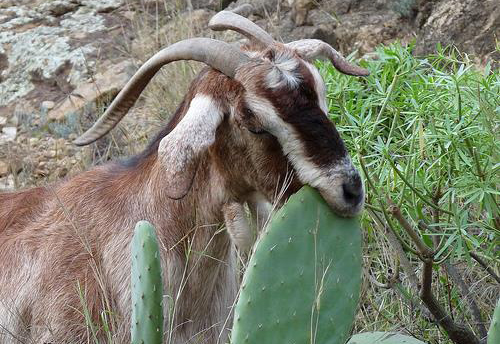
Grain production in dry areas can be low. Prickly pear (cactus) can therefore be an ideal forage for livestock in these areas.
The prickly pear (Opuntia ficus-indica) is a cactus species widespread in semiarid and arid regions of Americas, Africa, Asia, Southern Europe and Australia. It is a multipurpose crop and a valuable forage source of water and forage for livestock in dry areas.
Growing potential of cactus as livestock feed
Cactus represents 75% of maize grain energy, but produces at least 20 times more in harsh semiarid environments. A project at the UFRPE (The Universidade Federal Rural de Pernambuco), looked at the importance of using cactus as animal feed in Brazil. They found that the potential productivity is 20 Mg of DM/ha/yr. The carrying capacity can reach 4.8 AU/ha/yr. This is 57.6 times higher than the carrying capacity of native rangeland (12 ha/AU/yr). In low-input systems, 5 –6 Mg of DM/ha/yr is easily obtained. The Brazilian researchers also found that cactus may be stored without changing its chemical composition and feeding value.
| VIDEOS |
| Cows select the cactus over other forages |
| |
| How cactus is prepared for livestock feeding |
| |
| Look how goats enjoy eating cactus |
| |
How to implement cactus in livestock diets
According to the research available, it is clear that cactus can partially replace cereal grains and reduces feeding cost. Important to say is that cactus cannot be fed alone (this can cause diarrhoea, weight loss). It should be supplemented with CP and fibre in a mixed diet. In addition, cactus is rich in soluble carbohydrates, thus, avoid adding molasses and limit the amount of grain in the diet.
Source: Feedipedia




